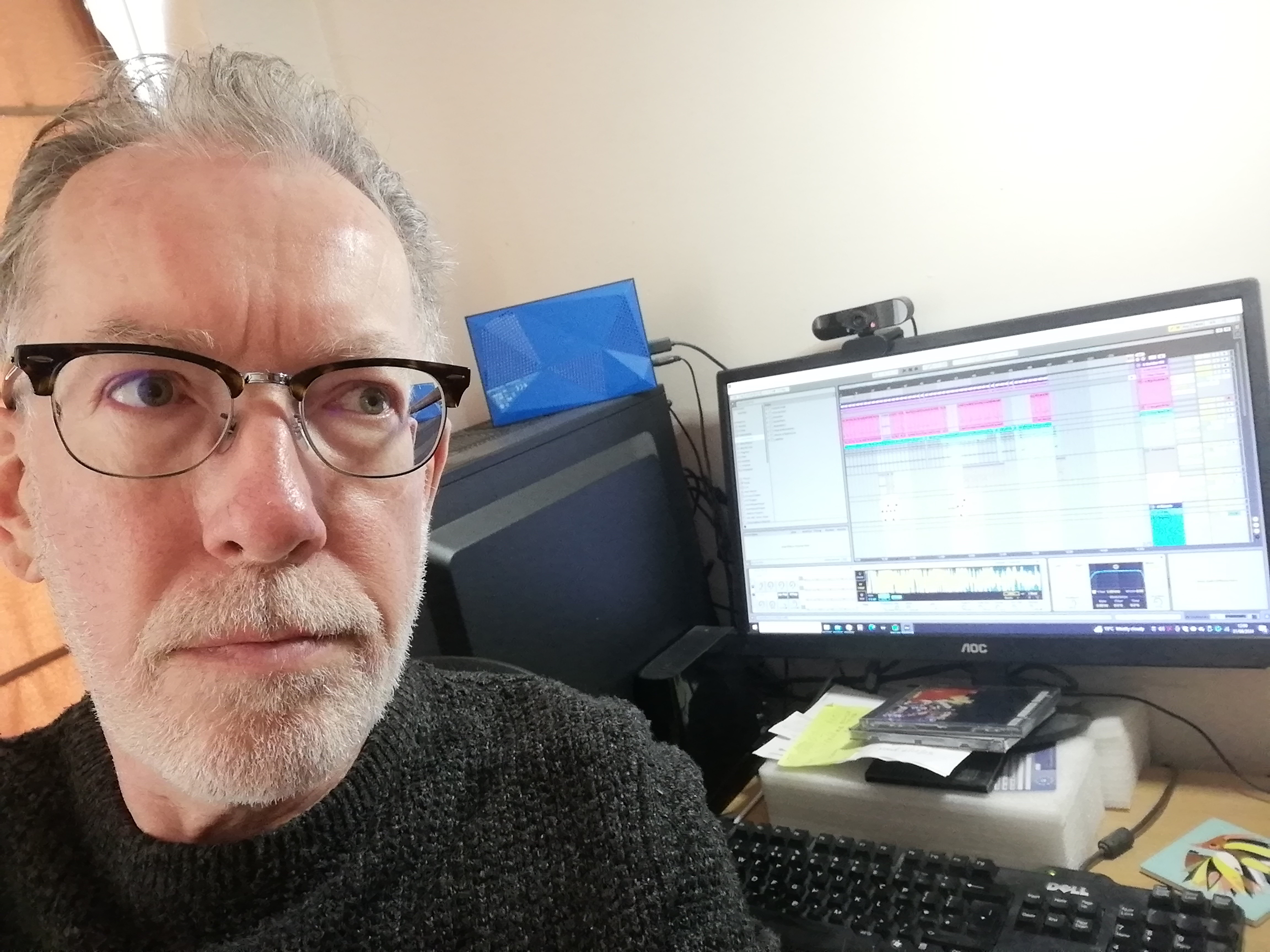By Keith Walsh
In my experience, artists who are more interested in the science of music and emotions rather than the lure of celebrity are usually the ones worth listening to. When Neil Dyer, aka Planet Neil released his single ‘Star’ in August, followed by three mixes, the way he stretches the metaphor to encompass a stellar entity rather than a popular media creation, is a huge redeeming factor. In our new interview ahead of the October release of the album Organic on October 1, Dyer and I get into the secrets of his philosophy and sound creation processes.
Synthbeat: I often find that artists like you who apparently have a laser focus while creating are being pushed by powerful forces that they are also resisting against. Does this ring true, and if so what are you pushing up against?
“I’m resisting learning too much technique. I’m resisting the idea that someone of my age shouldn’t be making pop music. I’m pushing against being pigeon-holed. ‘Electronic’ can mean many things. I hate hypocrisy and media-manipulation.”
Neil Dyer
Neil Dyer: I never thought of myself as possessing a ‘laser focus’! It sounds like it’s a good thing. Lyric-wise I try and be concise and I fit the words around a virtually-complete instrumental track, and with some of this album it led to me writing short bursts of lyrics, without any attention to consistent line lengths, and just singing those words over the backing track until I hit upon something interesting. I try and avoid cliches while still keeping lyrics simple, whether personal or socio-political. I’m resisting learning too much technique. I’m resisting the idea that someone of my age shouldn’t be making pop music. I’m pushing against being pigeon-holed. ‘Electronic’ can mean many things. I hate hypocrisy and media-manipulation.
Synthbeat: ‘Star’ has a cool guitar riff that’s electronic. What’s the source of that and how did it get its motion?
Neil Dyer: It’s a sound called Kick Prod ARP, in Ableton under ‘Synth Rhythmic’ so it sits alongside the drum sounds. The four-on-the- floor is note C1, with the high pitched note following E2 and dropping to C2 at the end.
Synthbeat: In some ways I think of your music as a kind of techno ambient, from the lack of harsh tones and with the mellow percussion. Care to comment?
Neil Dyer: I quite like that description – I enjoy programming a lot of notes, and overlaying multiple inter-locking melodies. I don’t seem to have a problem in coming up with melody after melody. This is why I have to sometime pare it down for the finished version. I end up with anything from fifty to a hundred recorded tracks on most songs, but not all are used on the final release. This does however give me lots of potentially usable material when it comes to doing my own remixes. I don’t listen to techno, and beyond Eno and early Tangerine Dream I don’t feel the need to listen to much ambient, but I enjoy the combination of pads, strings and staccato melody lines. I often end up combining two or three different interlocking drum sets. Maybe this leads to mellowing as I mix them together and spread sounds across the stereo image.
Synthbeat: Are you programming the bass grooves with a mouse or with a piano keyboard then quantizing?
Neil Dyer: All the parts are programmed with a mouse. I do own a midi-keyboard (and I created some of the instrumentals on the three Instrumental EPs released in 2022 using this) but it’s broken at the moment. I intend to get it fixed before I make another album, and I am imagining that this alone might lead to some changes on the next album.
Synthbeat: Because your chord progressions are often implied rather than explicitly stated, I wonder which of the elements you lay down first. Drums perhaps?
Neil Dyer: Usually drums first, then bass. Then I add loads of different melodic parts that fit together on a short loop. I end up with lots of different sounds and parts that would fit together pretty much through the whole song. I then might play around by muting some of the parts until I get something that sounds like the opening of a song. Only then will I move the parts over into the ‘song’ view and I’ll copy and paste the rhythm bits for roughly a song-length, and then experiment re-inserting some of the other parts along its length. This leads to the second stage, where I zero in on individual bars and experiment with taking bits out, changing odd notes to resolve at the end of the bar etc, and work my way through the entire song in tiny sections to finesse details and give the track some dynamics/light & shade.
This approach tends to lead to a lack of distinct chord changes, and the ‘implied’ chord changes come a little later, following some of that finessing, which requires a time-consuming attention to many different parts to make the notes fit together. It’s a bit like painting a picture. I’m not good at working out technical shortcuts to avoid this time-consuming process. Occasionally I’ll insert a completely blank section and force myself to come up with something completely left-field to fill the gap.
Planet Neil On Facebook
Planet Neil Web
finis
